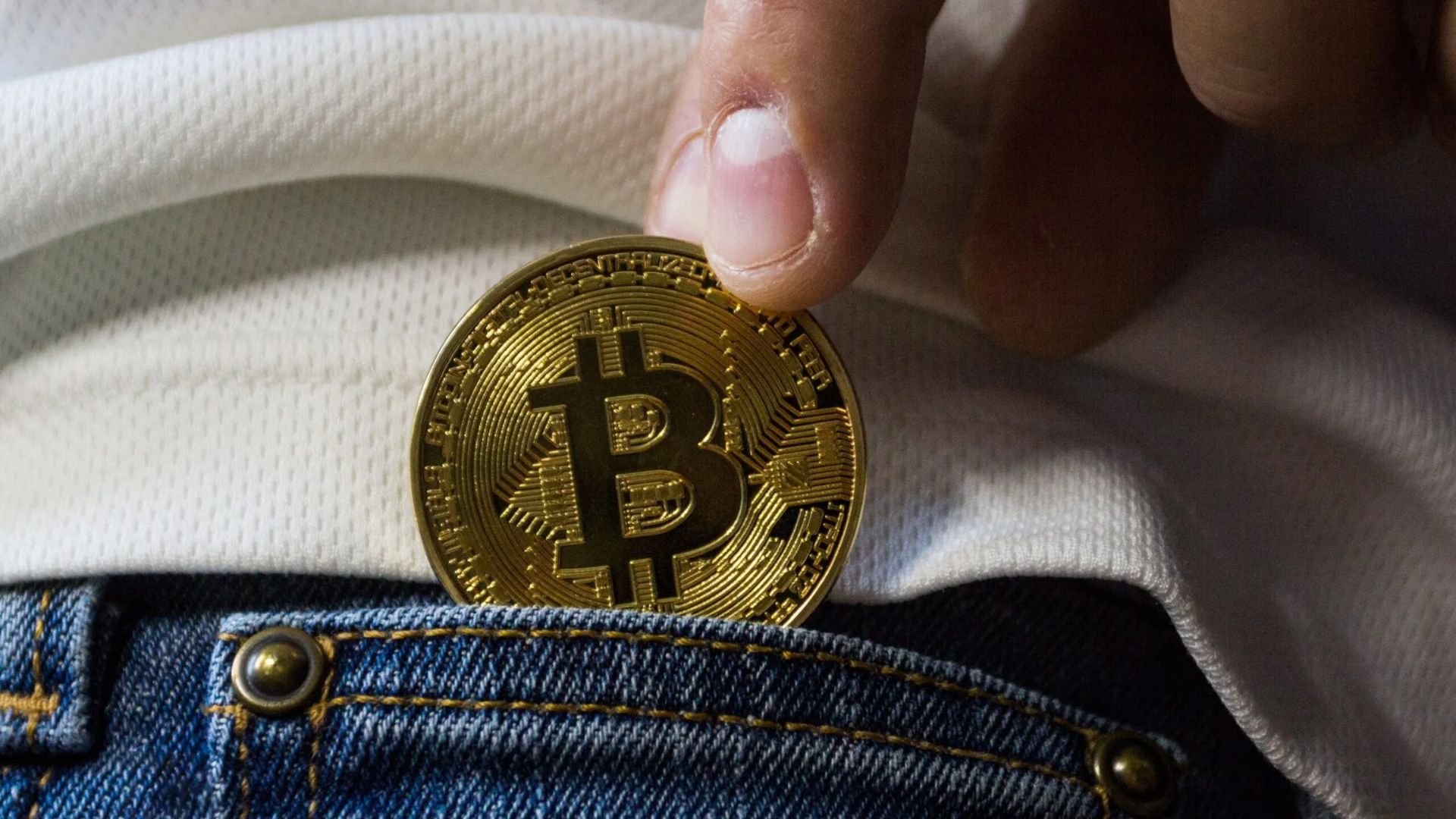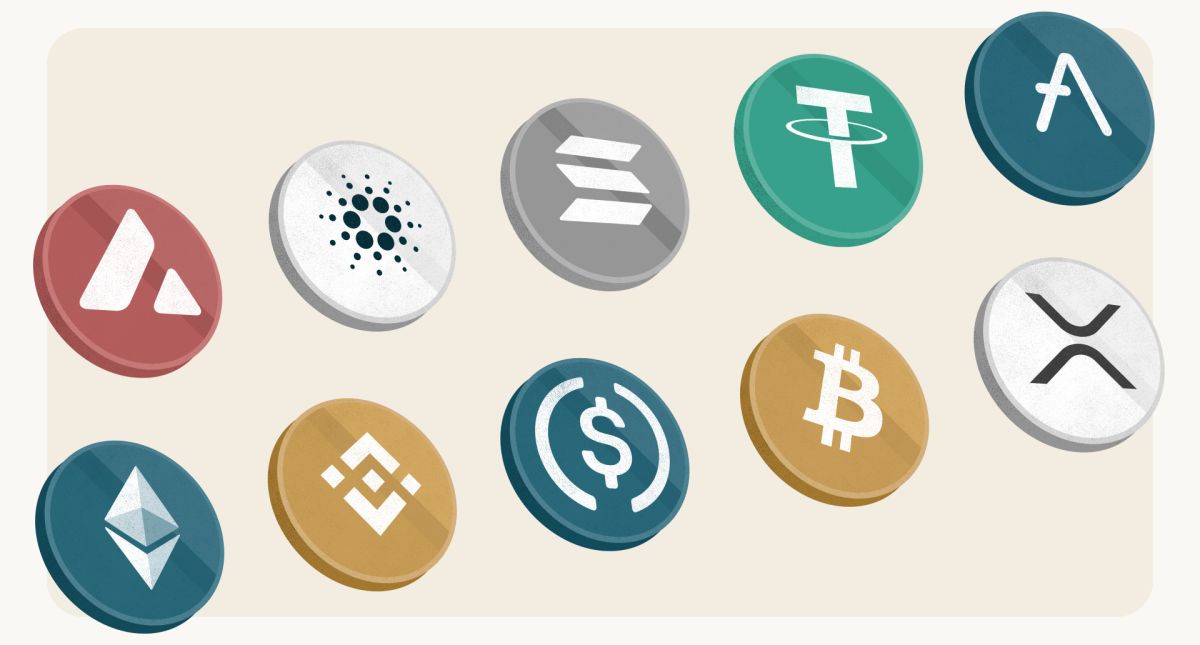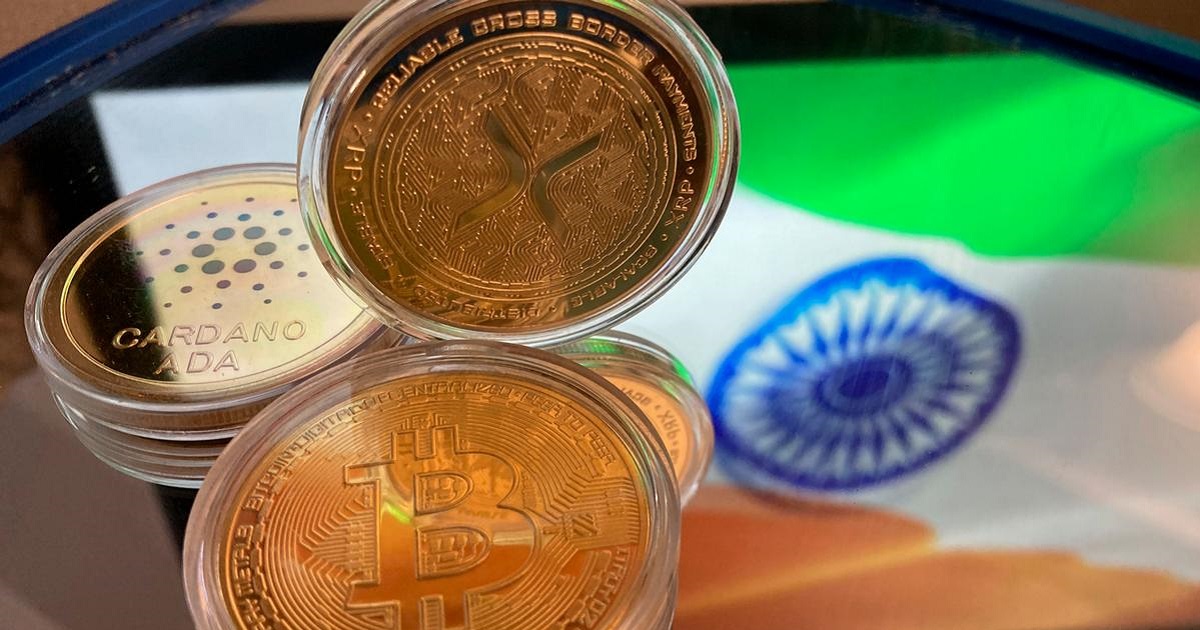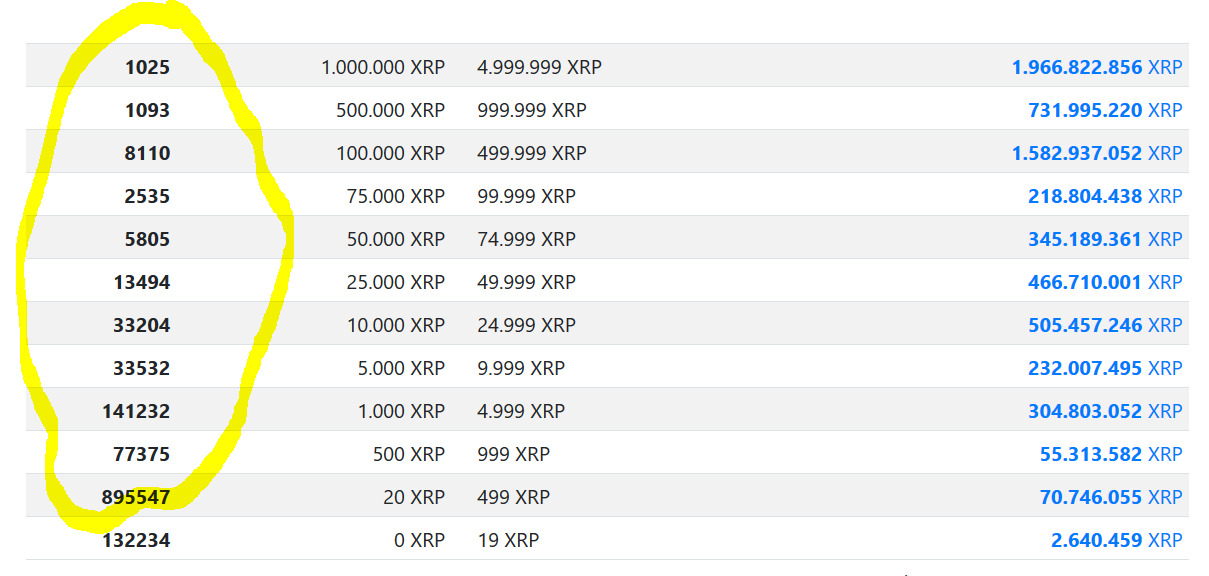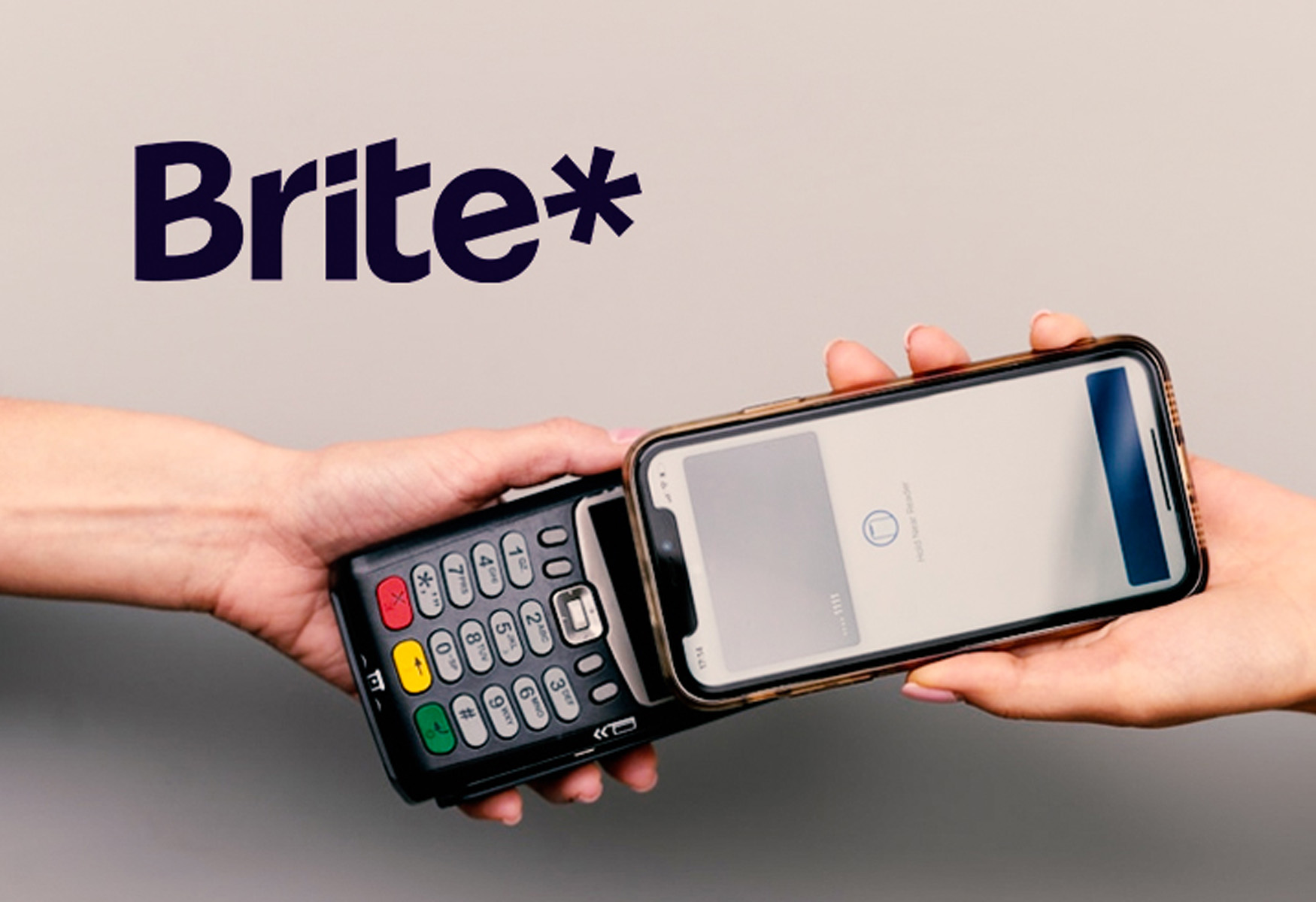Introduction
Welcome to the world of cryptocurrency! If you’re looking to buy cryptocurrency in India, you’ve come to the right place. Cryptocurrency, or digital currency, is a decentralized form of money that operates on a technology called blockchain. It has gained immense popularity in recent years as an alternative investment and a medium of exchange.
With the increasing number of cryptocurrency exchanges in India, it has become easier than ever to start investing in cryptocurrencies like Bitcoin, Ethereum, and many others. However, navigating the world of cryptocurrency can be overwhelming, especially for beginners. This guide will walk you through the process of buying cryptocurrency in India, step by step, to help you get started.
Before we dive into the details, it’s important to understand how cryptocurrency works. Unlike traditional currencies issued by governments or central banks, cryptocurrency operates on a decentralized network. It uses cryptography to secure transactions and control the creation of new units.
One of the key advantages of cryptocurrency is its potential for borderless transactions and low transaction fees. Additionally, cryptocurrencies are not subject to inflation or government control, making them an attractive option for those seeking financial independence and privacy.
Now, let’s take a look at the legal status of cryptocurrency in India. The Indian government has had a mixed stance on cryptocurrency over the years. While there has been some regulatory uncertainty, the Reserve Bank of India (RBI) lifted a ban on cryptocurrency transactions in 2020, paving the way for greater adoption and usage.
With the legal landscape becoming more favorable, it’s important to choose a reliable cryptocurrency exchange to facilitate your transactions. In the next section, we’ll explore the factors to consider when selecting a cryptocurrency exchange in India.
Understanding Cryptocurrency
Before diving into the process of buying cryptocurrency, it’s important to have a basic understanding of what cryptocurrency is and how it works. Cryptocurrency is a form of digital or virtual currency that uses cryptography for secure financial transactions, control the creation of additional units, and verify the transfer of assets.
The most well-known and widely used cryptocurrency is Bitcoin, which was created in 2009 by an anonymous individual or group using the pseudonym Satoshi Nakamoto. Since then, thousands of other cryptocurrencies, often referred to as altcoins, have been developed, each with its own unique features and use cases.
One of the key features of cryptocurrency is its decentralization. Unlike traditional currencies that are controlled by central banks and governments, cryptocurrencies operate on a decentralized network called a blockchain. A blockchain is a digital ledger that records all transactions made with a particular cryptocurrency. It is maintained by a network of computers, known as nodes, that work together to validate and verify transactions.
Cryptocurrencies are typically secured using advanced cryptographic techniques that ensure the integrity and security of transactions. This means that once a transaction is recorded on the blockchain, it cannot be altered or tampered with.
Another important aspect of cryptocurrency is its limited supply. Many cryptocurrencies, including Bitcoin, have a maximum cap on the total number of units that can ever be created. This scarcity is designed to prevent inflation and preserve the value of the cryptocurrency over time.
Cryptocurrency can be used for various purposes. Some people use it as an investment, hoping that the value of the cryptocurrency will increase over time. Others use it as a medium of exchange, accepting cryptocurrency as payment for goods and services. Additionally, cryptocurrencies can be used for remittances, micropayments, and even decentralized finance (DeFi) applications.
It’s important to note that while cryptocurrency offers many benefits, it also comes with risks. The value of cryptocurrencies can be highly volatile, and there is always the risk of losing your investment. It’s crucial to do your own research and only invest what you can afford to lose.
Now that you have a basic understanding of cryptocurrency, let’s explore the legal status of cryptocurrency in India and how you can choose a reliable cryptocurrency exchange to start buying and trading cryptocurrencies.
Legal Status of Cryptocurrency in India
The legal status of cryptocurrency in India has evolved over the years, with the Indian government taking various positions on its usage and regulation. Initially, there was uncertainty and skepticism surrounding cryptocurrency, leading to a blanket ban by the Reserve Bank of India (RBI) in 2018.
However, this ban was overturned by the Supreme Court of India in March 2020, deeming it unconstitutional. Since then, the legal landscape for cryptocurrency in India has become more favorable, albeit with certain regulatory considerations.
While cryptocurrency is not yet regulated by specific legislation in India, it is important to note that the Supreme Court ruling recognized cryptocurrency as a legitimate form of digital asset and allowed for cryptocurrency trading and investment activities to resume.
Despite the absence of specific regulations, the Indian government has shown interest in exploring and regulating cryptocurrency. In early 2021, the government proposed a Cryptocurrency and Regulation of Official Digital Currency Bill, which aims to create a framework for the regulation of cryptocurrencies.
This bill aims to address concerns related to money laundering, consumer protection, and investor security. Additionally, it aims to establish a digital rupee as an official digital currency issued and regulated by the RBI.
While the bill is yet to be enacted into law, it is a positive step towards bringing clarity and regulation to the cryptocurrency industry in India.
It is important for individuals and businesses involved in cryptocurrency trading and investment to stay updated with the latest developments in regulations. Compliance with anti-money laundering (AML) and know your customer (KYC) obligations is crucial to ensure legality and security in cryptocurrency transactions.
Additionally, it is recommended to use reputable and compliant cryptocurrency exchanges that adhere to global standards of security and regulatory compliance.
As the Indian government continues to navigate the legal landscape, it is advisable to stay informed about any updates or changes in rules and regulations to ensure a safe and compliant experience in the cryptocurrency market.
Choosing a Cryptocurrency Exchange
When it comes to buying cryptocurrency in India, choosing the right cryptocurrency exchange is essential. A cryptocurrency exchange is an online platform that allows users to buy, sell, and trade cryptocurrencies.
With the increasing popularity of cryptocurrencies, there are now numerous cryptocurrency exchanges available in India. However, not all exchanges are created equal, and it’s important to consider a few factors before choosing the exchange that best suits your needs.
First and foremost, security should be a top priority. Look for exchanges that have a robust security infrastructure in place, such as two-factor authentication (2FA), cold storage for funds, and encryption protocols. It’s important to choose a platform that has a proven track record of protecting user funds and data.
Another important factor to consider is the range of cryptocurrencies available for trading. While Bitcoin and Ethereum are the most popular cryptocurrencies, you may also want to invest in other altcoins. Make sure the exchange offers a variety of cryptocurrencies that align with your investment goals.
Next, take a look at the user interface and user experience of the exchange. A user-friendly platform with intuitive navigation and clear instructions will make your trading experience smooth and hassle-free. Look for features like real-time price charts, order books, and easy-to-use trading tools.
Additionally, consider the liquidity of the exchange. Liquidity refers to the ability to buy or sell cryptocurrencies quickly and at a fair price. High liquidity ensures that you can execute your trades without delays or significant price slippage.
Transaction fees are another important consideration. Different exchanges have different fee structures, including trading fees, deposit fees, and withdrawal fees. Compare the fee structures of different exchanges to find one that offers competitive rates without compromising on security and features.
Customer support is also crucial. In case you encounter any issues or have questions, it’s important to have access to timely and reliable customer support. Look for exchanges that offer multiple channels of communication and have a reputation for excellent customer service.
Lastly, consider the reputation and track record of the exchange. Look for user reviews, testimonials, and ratings to gauge the overall satisfaction of customers. A reputable exchange with a strong track record inspires confidence and provides a higher level of trust.
By considering these factors, you can choose a cryptocurrency exchange that meets your requirements in terms of security, variety of cryptocurrencies, user experience, liquidity, fees, customer support, and reputation.
Now that you have chosen your preferred cryptocurrency exchange, let’s move on to the next step: setting up your account.
Setting up Your Account
Once you have chosen a cryptocurrency exchange, the next step is to set up your account. The account setup process can vary slightly depending on the exchange you have selected, but the general steps are similar across platforms.
Here is a step-by-step guide to setting up your cryptocurrency exchange account:
1. Visit the website of your chosen cryptocurrency exchange and click on the “Sign Up” or “Create Account” button.
2. Provide the required information, which typically includes your full name, email address, and a strong password. It’s crucial to choose a unique password and enable two-factor authentication (2FA) for added security.
3. Read and agree to the terms of service and privacy policy of the cryptocurrency exchange. It is important to understand and comply with the rules and guidelines set by the exchange.
4. Verify your email address by clicking on the verification link sent to your registered email. This step is necessary to activate your account.
5. Complete the KYC (Know Your Customer) verification process. Cryptocurrency exchanges in India require users to verify their identity as per the regulatory norms. This typically involves providing identification documents such as your PAN card, Aadhaar card, or passport, along with a proof of address.
6. Upload the necessary documents for KYC verification and wait for the exchange to review and approve your verification. This process may take a few days, so it’s important to be patient.
7. Once your KYC verification is complete, you will be notified by the exchange. You can then proceed to deposit funds into your account.
Setting up your cryptocurrency exchange account is an important step that ensures the security and legality of your transactions. By following the account setup process carefully and providing accurate information, you can proceed to the next step of adding funds to your account.
Verifying Your Identity
Verifying your identity is an essential step when it comes to buying cryptocurrency on most exchanges in India. The verification process, also known as KYC (Know Your Customer), is mandated by regulatory requirements to prevent fraud, money laundering, and other illegal activities.
Here is a step-by-step guide on how to verify your identity:
1. Once you have created your account on the cryptocurrency exchange, navigate to the account settings or profile section.
2. Look for the option to verify your account or complete the KYC process. It may be labeled as “Verification,” “KYC,” or something similar.
3. Follow the instructions provided by the exchange to provide the necessary identification documents. These may include your PAN card, Aadhaar card, passport, or other government-issued identification.
4. Take clear and legible photos or scans of your identification documents as per the specifications provided by the exchange.
5. Some exchanges may require you to take a selfie or provide a photo along with your identification documents to verify that the documents belong to you.
6. Submit the required documents and photos through the exchange’s platform. Double-check that all the information is accurate and matches the details provided during the account signup.
7. Wait for the exchange to review and approve your documents. This process may take some time, ranging from a few hours to a few days, depending on the exchange’s verification process.
8. Once your documents are approved, you will receive a notification or email confirming that your identity is verified. At this point, you can proceed to the next step of adding funds to your account and buying cryptocurrency.
It’s important to note that the verification process may vary slightly between different cryptocurrency exchanges. Some exchanges may have additional requirements or steps, so it’s essential to carefully follow the instructions provided by the exchange.
By completing the identity verification process, you are ensuring the security and legitimacy of your transactions on the cryptocurrency exchange. It also allows you to comply with regulatory requirements and enjoy a more seamless trading experience.
Adding Funds to Your Account
Now that your account is set up and your identity is verified, it’s time to add funds to your cryptocurrency exchange account. Adding funds allows you to have a balance that you can use to buy cryptocurrencies of your choice. The process of adding funds can vary depending on the exchange you are using, but there are common steps to follow:
1. Log in to your cryptocurrency exchange account using your credentials.
2. Navigate to the “Funds,” “Wallet,” or “Deposit” section of the exchange’s platform. This is where you will find options for depositing funds.
3. Select the cryptocurrency you want to deposit. Most exchanges support popular cryptocurrencies like Bitcoin, Ethereum, and Litecoin.
4. You will be provided with a cryptocurrency wallet address for the selected cryptocurrency. This is a unique alphanumeric code that serves as your address on the blockchain.
5. Copy the wallet address or use the provided QR code to initiate the transfer from your personal cryptocurrency wallet or another exchange where you hold the funds. Ensure that you are sending the funds to the correct wallet address.
6. Depending on the cryptocurrency being deposited, the transaction may take some time to be confirmed on the blockchain. This can vary depending on network congestion and other factors.
7. Once the transaction is confirmed, the funds will reflect in your exchange account balance. You can now use these funds to buy cryptocurrencies on the exchange.
It is important to note that each cryptocurrency may have different fees and confirmation times associated with transactions. It’s advisable to check the exchange’s fee schedule and network status to get an idea of the costs and waiting times.
Additionally, some exchanges may also offer the option to deposit funds using traditional payment methods such as bank transfers or credit/debit cards. These methods may have their own set of requirements and processing times.
By following these steps, you can easily add funds to your cryptocurrency exchange account and be ready to start buying and trading cryptocurrencies. The deposited funds will be available for you to use whenever you decide to make a purchase on the exchange.
Buying Cryptocurrency
With funds in your cryptocurrency exchange account, you’re now ready to buy your desired cryptocurrencies. The process of purchasing cryptocurrencies on an exchange may vary, but there are common steps to follow:
1. Log in to your cryptocurrency exchange account using your credentials.
2. In the exchange’s platform, navigate to the “Buy” or “Trade” section. This is where you can initiate the process of buying cryptocurrencies.
3. Select the cryptocurrency you want to purchase and the trading pair you wish to use. A trading pair represents the cryptocurrencies or fiat currencies that can be exchanged for each other. For example, BTC/INR represents the trading pair of Bitcoin and Indian Rupees.
4. Enter the amount or the quantity of the cryptocurrency you want to buy. Some exchanges may also provide options like market orders or limit orders. A market order buys the cryptocurrency at the current market price, while a limit order allows you to set a specific price at which you want to buy the cryptocurrency.
5. Review the transaction details and ensure everything is accurate, including the quantity and price. Take note of any fees associated with the transaction, such as trading fees or transaction fees.
6. Confirm the purchase and proceed to execute the buy order. Depending on the exchange and market conditions, the transaction may be executed instantly or take some time to process.
7. Once the transaction is complete, the purchased cryptocurrency will appear in your exchange account’s wallet. You can hold the cryptocurrency in your exchange wallet or transfer it to a personal wallet for added security and control over your funds.
When buying cryptocurrencies, it’s important to keep in mind certain factors. The cryptocurrency market can be highly volatile, and prices can change rapidly. It’s advisable to do your own research and consider factors such as market trends, historical price data, and any potential news or events that may impact the price of the cryptocurrency.
Additionally, it’s a good practice to start with smaller transactions and gradually increase your investment as you gain more experience and confidence in the market.
By following these steps and taking necessary precautions, you can easily buy cryptocurrencies on a cryptocurrency exchange and start building your cryptocurrency portfolio.
Storing Your Cryptocurrency
Storing your cryptocurrency safely is of utmost importance to ensure the security and protection of your digital assets. Cryptocurrencies are stored in digital wallets that can be categorized into two main types: hot wallets and cold wallets.
Hot wallets are connected to the internet and are typically provided by cryptocurrency exchanges or online platforms. They offer convenience and accessibility, as you can easily access your funds for trading or transactions. However, hot wallets are more susceptible to hacking or online threats.
On the other hand, cold wallets are offline wallets that provide an extra layer of security. They are not connected to the internet, making them less vulnerable to hacking. Cold wallets can be further categorized into hardware wallets and paper wallets.
Hardware wallets are physical devices that store your private keys offline. These devices are specifically designed for secure storage and access to your cryptocurrency. They offer an additional level of protection by keeping your private keys offline, away from potential online threats. Popular hardware wallet brands include Ledger and Trezor.
Paper wallets are physical copies of your cryptocurrency’s private and public keys. They can be printed on paper or written down and stored in a secure location. Paper wallets provide offline storage, but they require careful handling, as the loss or damage of the paper containing the keys can result in permanent loss of funds.
When choosing a storage method for your cryptocurrency, it’s essential to consider factors such as convenience, security, and the amount of cryptocurrency you hold. For day-to-day trading and transactions, a hot wallet can provide the necessary accessibility. However, for long-term storage and larger amounts of cryptocurrency, a cold wallet is recommended.
Regardless of the type of wallet you choose, it’s crucial to follow best practices for security. Use strong, unique passwords for your wallets and enable two-factor authentication (2FA) whenever possible. Regularly update your wallet software to ensure you have the latest security patches.
Moreover, make sure to keep backups of your wallet’s keys and store them securely. This can help you recover your funds in case of device loss, damage, or theft.
By properly securing your cryptocurrency in a wallet that suits your needs, you can have peace of mind knowing that your digital assets are protected. Regularly review and update your security measures to stay ahead of potential threats in the ever-evolving landscape of cryptocurrency.
Security Measures to Take
Ensuring the security of your cryptocurrency holdings is paramount to protect your digital assets from potential threats. Here are some essential security measures to consider:
1. Use a strong and unique password: When creating accounts or wallets, use a password that is difficult to guess and not used for any other online accounts. Consider using a password manager to securely store and generate complex passwords.
2. Enable two-factor authentication (2FA): By enabling 2FA, you add an extra layer of security to your accounts. This requires a second form of verification, usually through a mobile app or SMS, in addition to the password. This can significantly reduce the risk of unauthorized access to your accounts.
3. Keep software up to date: Regularly update the software of your cryptocurrency wallets, apps, and devices to ensure you have the latest security patches. Outdated software can have vulnerabilities that hackers can exploit.
4. Be cautious of phishing attempts: Be wary of phishing emails, messages, or websites that attempt to deceive you into revealing your personal information or private keys. Always double-check the URLs of websites and avoid clicking on suspicious links.
5. Use hardware wallets: Consider using a hardware wallet for storing your cryptocurrency. Hardware wallets store your private keys offline, ensuring that they are not exposed to potential online threats. Ledger and Trezor are popular hardware wallet brands.
6. Backup your wallet: Regularly backup your wallet’s private keys or seed phrase and store them securely in multiple locations. This will help you recover your funds if your device is lost, stolen, or damaged.
7. Secure your devices: Keep your computers, smartphones, and other devices used for cryptocurrency transactions secure. Install reputable antivirus and anti-malware software, and avoid downloading suspicious files or visiting risky websites.
8. Be cautious with public Wi-Fi: Avoid making cryptocurrency transactions or accessing your wallets when connected to public Wi-Fi networks. Public Wi-Fi can be insecure, making it easier for hackers to intercept your sensitive information.
9. Educate yourself: Stay informed about the latest security practices and evolving threats in the cryptocurrency space. Regularly educate yourself on best security practices and keep up with news and updates from reputable sources.
10. Diversify your investments: Spreading your cryptocurrency investments across multiple wallets and exchanges can minimize the risk of losing all your funds in the event of a security breach or hack.
By implementing these security measures, you can significantly enhance the protection of your cryptocurrency holdings and reduce the chances of falling victim to cyberattacks or online scams. Remember, staying vigilant and proactive is key to maintaining the security of your digital assets.
Conclusion
Buying cryptocurrency in India can be an exciting and potentially lucrative venture. With the right knowledge and precautions, you can navigate the world of cryptocurrency and start investing in digital assets.
In this guide, we covered the important steps involved in buying cryptocurrency in India. You learned about understanding cryptocurrency, the legal status of cryptocurrency in India, choosing a cryptocurrency exchange, setting up your account, verifying your identity, adding funds to your account, buying cryptocurrency, storing your cryptocurrency securely, and the security measures to take.
It’s crucial to conduct thorough research, stay informed about market trends, and exercise caution when it comes to investing in cryptocurrency. Only invest what you can afford to lose and diversify your portfolio to spread the risk.
Remember to choose a reputable cryptocurrency exchange that prioritizes security and regulatory compliance. Implement strong security measures to safeguard your funds and stay proactive in keeping your devices and software up to date.
Lastly, always stay educated about the latest developments in the cryptocurrency industry. The landscape of cryptocurrency is constantly evolving, and staying informed will allow you to adapt to changes and make informed investment decisions.
Now that you have a better understanding of how to buy cryptocurrency in India, it’s time to embark on your journey. Start by researching and selecting a reliable cryptocurrency exchange, set up your account, and take the necessary steps to ensure the security of your investments.
Happy investing and may your cryptocurrency journey be both rewarding and successful!







